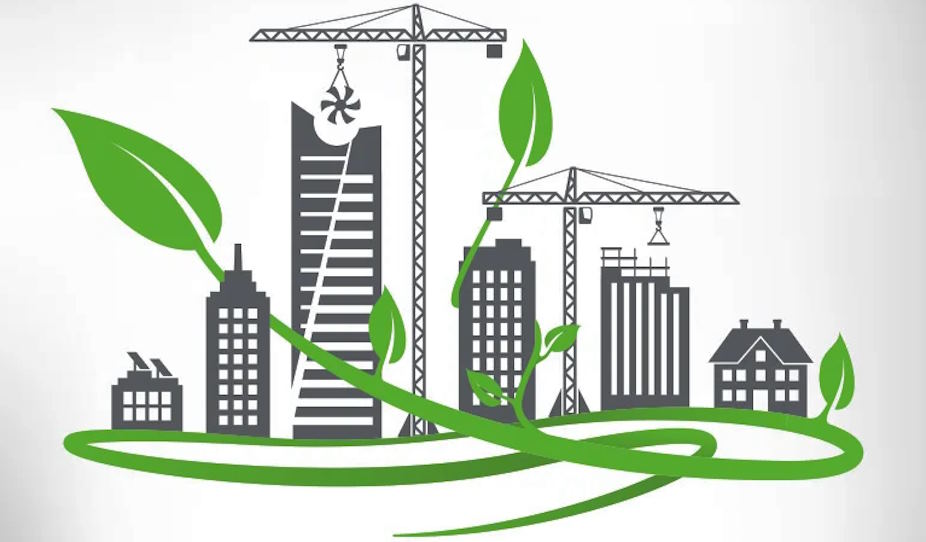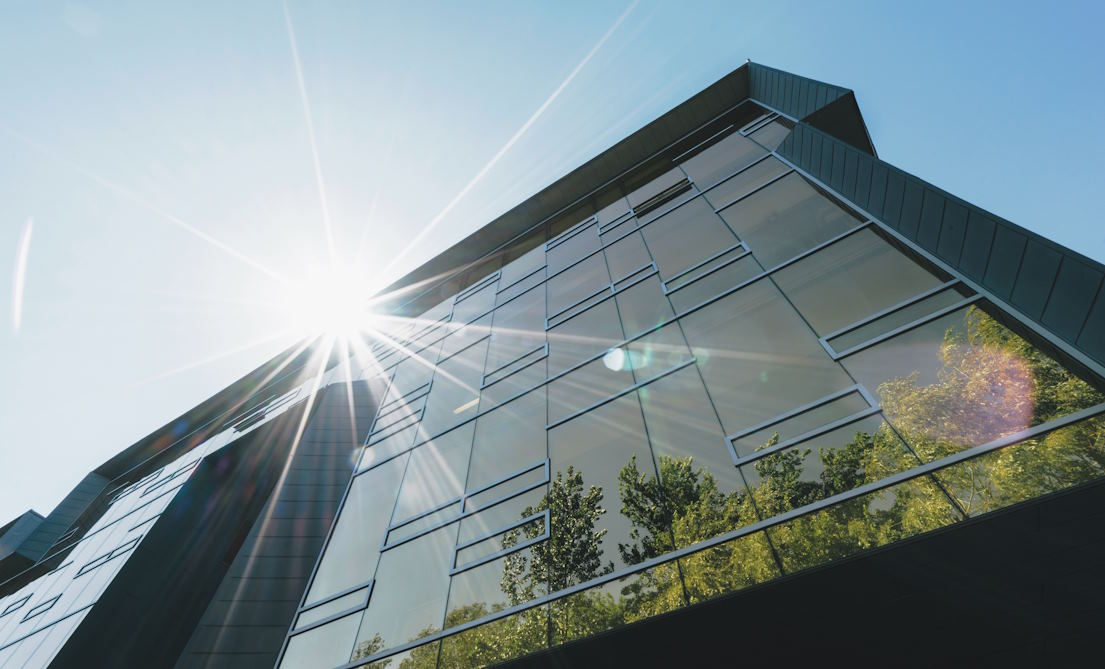Green building practices have emerged as a pivotal strategy in the construction industry, aiming to enhance resource efficiency and reduce the environmental impact of buildings. As the world grapples with issues of climate change, resource depletion, and degradation, the construction sector on sustainable practices. Green building, also known as sustainable construction, involves the use of processes and materials that are environmentally responsible and resource-efficient throughout a green building practices revolutionize construction building’s life cycle.
Principles of Green Building
The core principles of green building focus on reducing the environmental impact of innovative approaches to green building. It achieved efficient use of resources like energy, water, and materials while promoting occupant health and improving productivity. Green building practices involve a holistic approach, starting from the design phase through construction, operation, maintenance, renovation, and eventually, demolition.

Energy Efficiency
One of the aspects of green building is energy efficiency. It involves designing buildings to maximize natural light and heat and reduce the need for artificial lighting and heating. Use of energy-efficient appliances, incorporating renewable energy sources like solar panels, and utilizing advanced insulation materials are also vital. These practices not only reduce the carbon footprint of a building but also lead to significant cost savings over time.
Sustainable Materials and Resources
Green building emphasizes the use of sustainable and recycled materials in construction. It includes using renewable resources like bamboo and recycled materials like reclaimed wood and recycled metal or plastic. The goal is to reduce the environmental impact associated with the extraction and processing of building materials with the advantages of resource-efficient construction methods.

Indoor Environmental Quality
Green buildings also focus on indoor environmental quality, which includes optimizing indoor air quality, thermal comfort, and natural lighting. Using low-emitting materials and providing adequate ventilation are critical to achieve a healthy indoor environment. By choosing sustainable resources in green construction not only benefits the environment but enhances the well-being and productivity of occupants.

